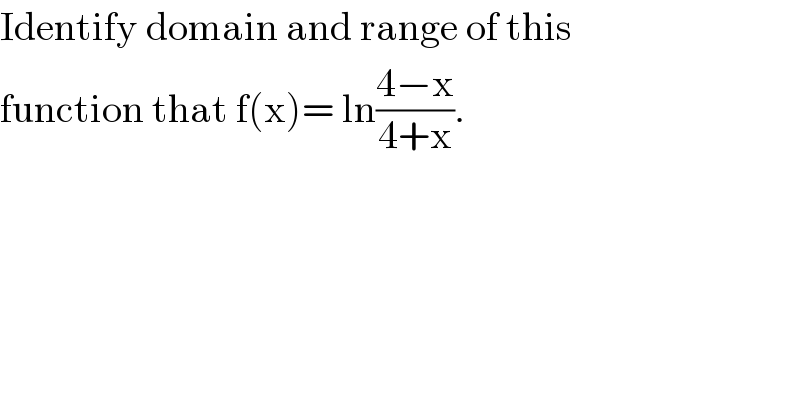
Question and Answers Forum
Question Number 69974 by Shamim last updated on 29/Sep/19

Commented by kaivan.ahmadi last updated on 29/Sep/19

Commented by Shamim last updated on 30/Sep/19

Commented by kaivan.ahmadi last updated on 30/Sep/19

| ||
Question and Answers Forum | ||
Question Number 69974 by Shamim last updated on 29/Sep/19 | ||
 | ||
Commented by kaivan.ahmadi last updated on 29/Sep/19 | ||
 | ||
Commented by Shamim last updated on 30/Sep/19 | ||
 | ||
Commented by kaivan.ahmadi last updated on 30/Sep/19 | ||
 | ||